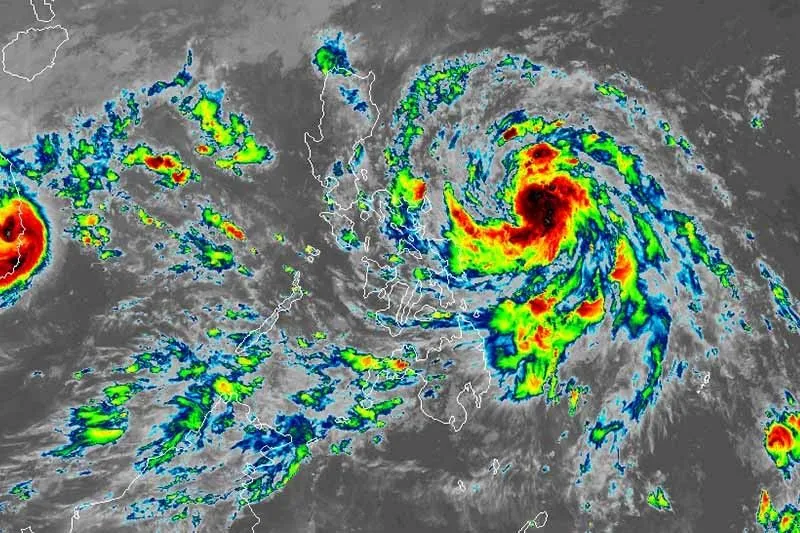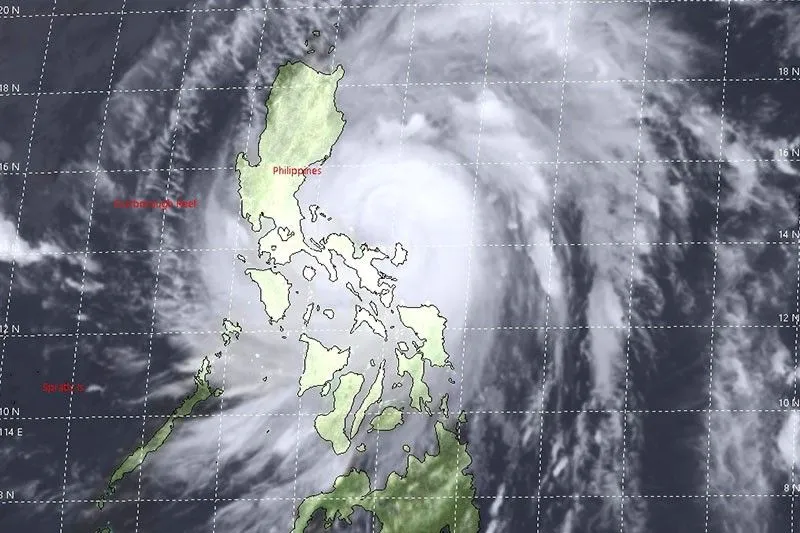Storm Ulysses, a tempest so severe it earned a mention in James Joyce’s novel Ulysses, has been reexamined by researchers, who have found that it was one of the worst storms to hit England and Wales in the past century. The 1903 storm was so intense that it ripped up thousands of trees, left several people dead, and caused extensive damage to infrastructure and ships.
According to Professor Ed Hawkins, a climate scientist at the University of Reading and the National Centre for Atmospheric Science, the storm was a game-changer. “We knew the storm we analysed was a big one, but we didn’t know our rescued data would show that it’s among the top four storms for strongest winds across England and Wales,” he said.
Hawkins and his team analyzed paper records of the historic storm, digitized the data, and applied modern weather forecasting methods to recreate the storm’s trajectory. The results were striking, revealing gusts of over 100mph in some areas. “This study is a great example of how rescuing old paper records can help us to better understand storms from decades gone by,” Hawkins said.

The consequences of a storm like Ulysses repeated today would be catastrophic. The effects of climate change would amplify the storm’s impact, making it much more destructive than it was in 1903. “We can translate these past events into a modern context, in our warmer world,” Hawkins said. “Sea levels have already risen around our coastlines, so the storms that happened in the past would today be more damaging, because the storm surge around our coasts will be higher.”
The warmer atmosphere and increased humidity would also make the storm rain more heavily than it did in the past. “We can understand how the risks are changing through time as the world is warming from understanding these past events,” Hawkins said.
The researchers’ study highlights the importance of analyzing historical storms, which can provide valuable insights into the impact of climate change. Many storms that occurred before 1950 remain unstudied, as billions of pieces of data exist only on paper. However, by digitizing these records and applying modern methods, researchers can gain a deeper understanding of the storms that shaped the past.
Hawkins plans to apply the same method to other historical storms, using diaries, handwritten records, and photographs to reconstruct the storms of the past. “We have lots of diaries and handwritten records in the UK and Ireland, going back well into the 1800s, which cover lots of these other storms and other extreme events that we had in the past,” he said. Reconstructing these storms will provide valuable insights into the impact of climate change and the risks it poses to us today.

